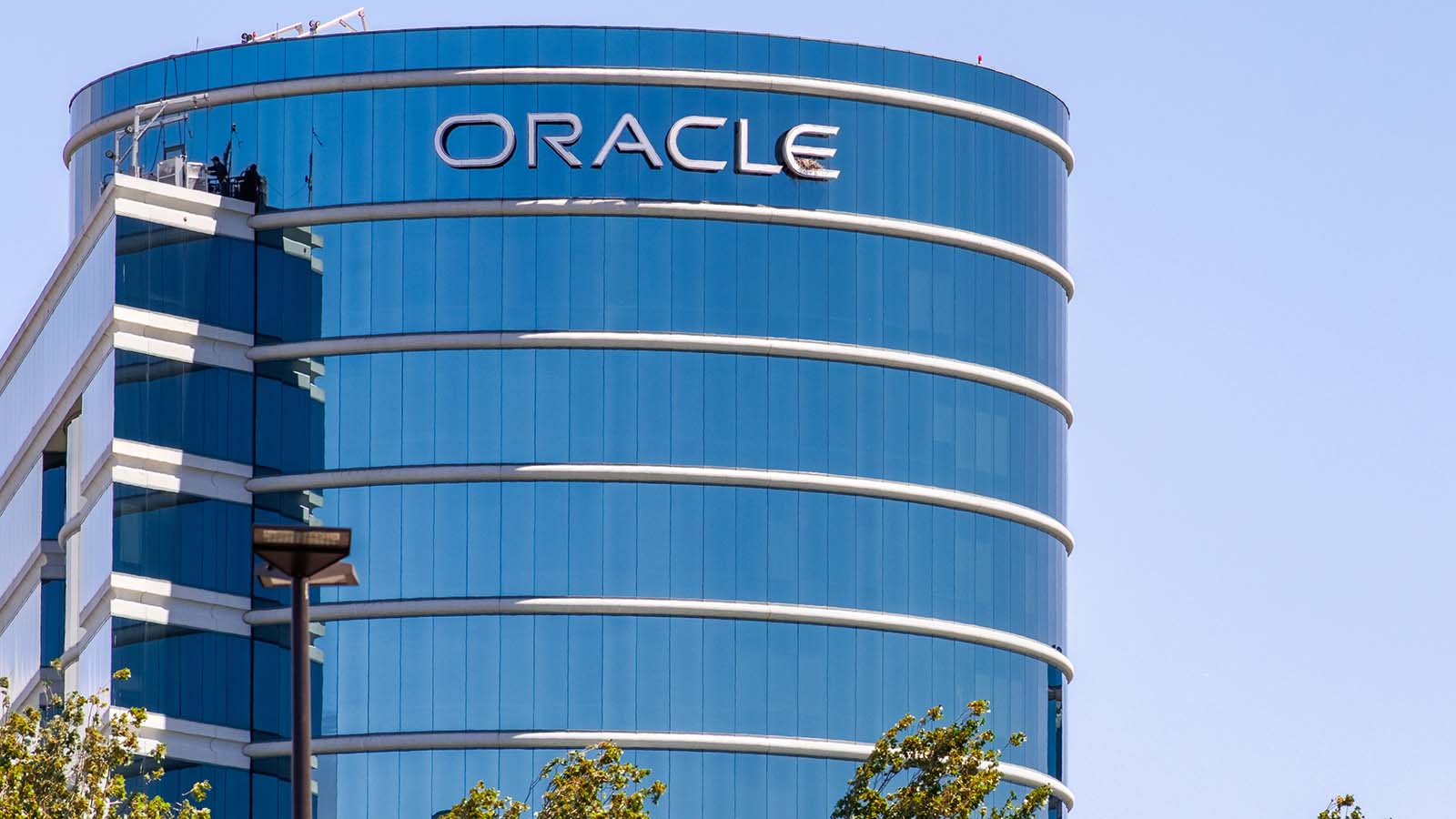The last story I wrote on Oracle (NYSE:ORCL) covered the company’s difficult, but largely successful transition to cloud computing from the traditional on-premise software business. The results have been mixed for ORCL stock so far. I last said, “So in order to adopt to the new technology standard, ORCL simply added cloud to the end of its applications and created a subscription business model with quarterly updates. Human Capital Management Cloud, Supply Chain Management Cloud, Enterprise Resource Planning Cloud, etc.”

This is a gross oversimplification of Oracle’s infrastructure products and applications, but the big picture financial implications are clear. ORCL’s legacy on-premise licensed software business is slowly declining and cloud applications are growing rapidly.
The only major news since then has been the release of first-quarter 2022 results on Sept. 13.
What stands out is the massive margins the company enjoys. The size may be largely due to Oracle’s history of acquisitions. The company has bought over 120 companies in the last 20 years, many small, but some large, such as Sun Microsystems back in 2010 and NetSuite in 2016.
Oracle’s historical organic revenue growth is typically not that impressive, but nonetheless the margins are impressive. Full-year 2021 results boasted gross margins of around 80% and EBITDA margins ranging from high 30% to low 40%. Free cash flow dollars stand around $12-$13 billion, an incredible free cash flow margin on only approximately $40 billion in revenues.
Although margins are high, growth in margins will be very hard to come by in coming years. The company is experiencing strong booking trends in its cloud offerings, so Oracle is increasing investments in both operating expenses and capital expenditures this fiscal year. This will put pressure on margins in the near-term and cause most measures of income to be flat or declining this fiscal year. Oracle is currently not a growth stock.
The Cloud and Data Business Segments Seem to Be Great
The usual blustery and braggadocios tone of Oracle’s earnings release was on display again in the 4th quarter and year-end press release. Company founder and current CTO Larry Ellison said, “The world’s two most popular databases are the Oracle Autonomous Database and Oracle MySQL.”
Always taking a shot at competitors, Ellison stated that, “Independent analysts have tested and confirmed that Oracle MySQL with HeatWave runs 10 to 100 times faster than Amazon’s version of MySQL called Aurora.”
In addition, he commented, “Both the Oracle Autonomous Database and Oracle MySQL with HeatWave technology have captured the technology high-ground in the cloud database business—and that bodes well for the future of the Oracle Cloud.”
Q1 Earnings and ORCL Stock’s True Value
Oracle reported results for its 1st quarter on September 13 and the results were mixed. Revenues increased only 4% despite impressive cloud services such as Fusion ERP cloud revenue and NetSuite ERP cloud revenue growing 32% and 28% respectively.
On-premise licensing, ORCL’s legacy business, continued to decline.
Free cash flow generation remained strong and came in at $4 billion during the quarter.
ORCL sells for about 20x 2022 CY EPS, not too outrageous for todays overvalued and crazed stock market. However for a company with little to no growth, it appears to be high. High free cash flow but low growth companies often trade at a low to mid teens price-to-earnings multiple. That’s usually how the math works out in a discounted cash flow (DCF) valuation. Applying a generous 8% EBITDA growth for ORCL over the next 5 years, my DCF calculation comes out to a fair value in the $73-$79 range.
Morgan Stanley’s valuation for ORCL stock is a bull case of $90, a base case of $77, and a bear case of $58. The average of those three value cases is $75, which uncoincidentally is exactly in the middle of my DCF valuation range.
Oracle will likely be a great investment going forward – but only at the proper entry point, which is well below the intrinsic value ranges mentioned above and well below todays current price.
On the date of publication, Tom Kerr did not hold a position in any security mentioned in the article. The opinions expressed in this article are those of the writer, subject to the InvestorPlace.com Publishing Guidelines.
Tom Kerr has worked in the financial services industry for over 25 years. Currently he is a Senior Portfolio Manager at Rocky Peak Capital Management. Prior to that he was Chief Investment Officer and Director of Research of SGL Investment Advisors, and has served in a number of positions at other finance-related organizations. Mr. Kerr has also been a contributing writer to TheStreet.com, RagingBull.com and InvestorPlace.com. He’s a CFA charterholder and obtained a B.B.A in Finance from Texas Tech University.
